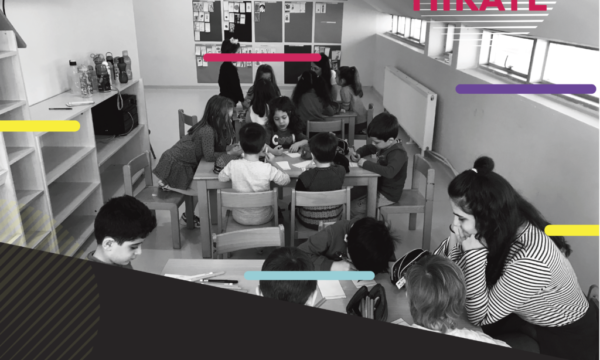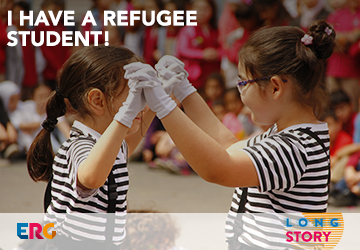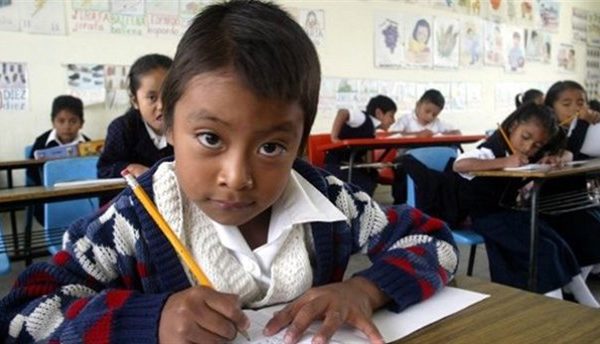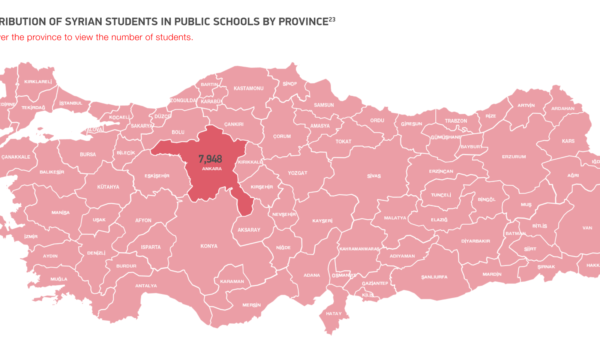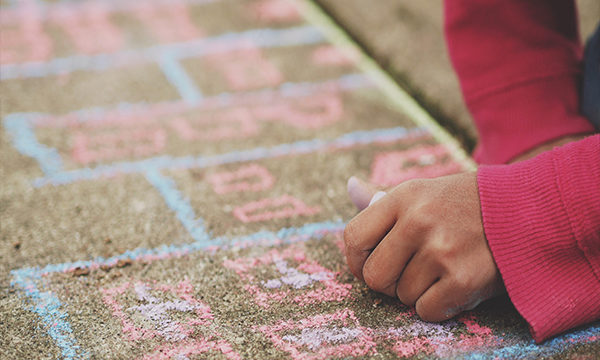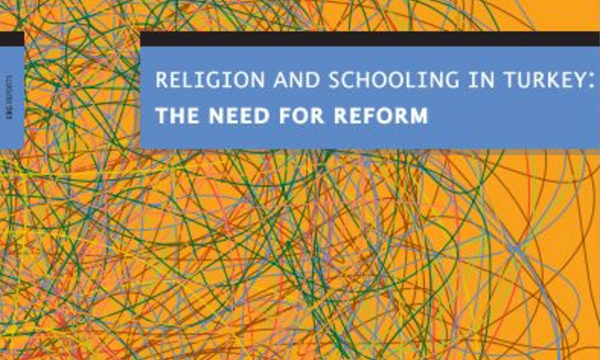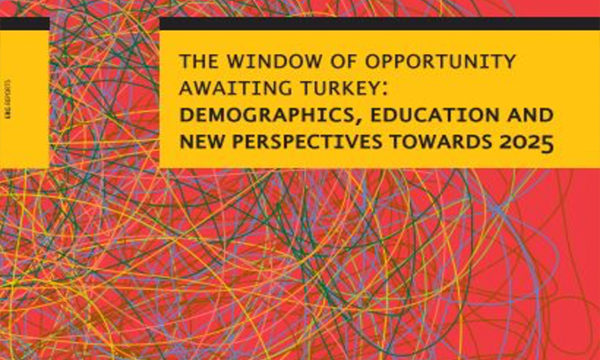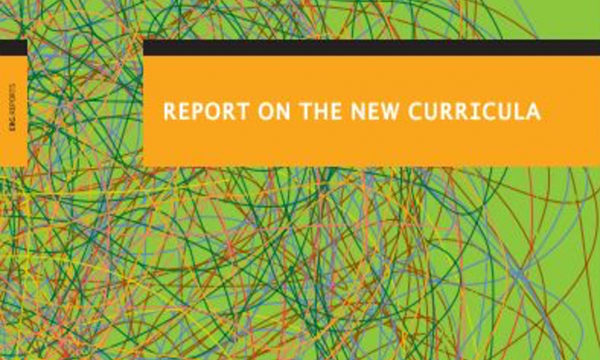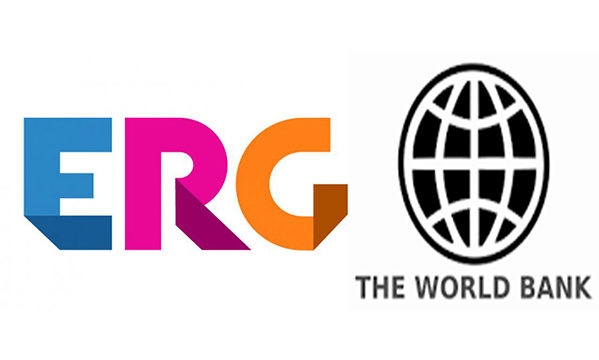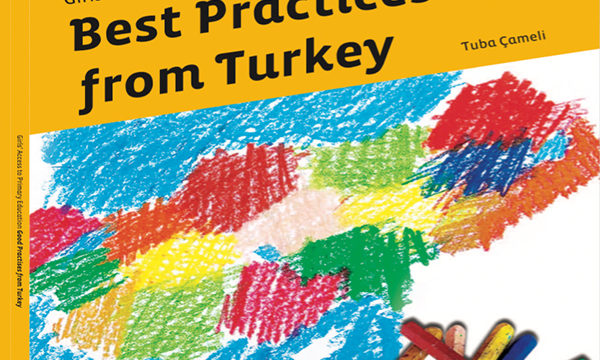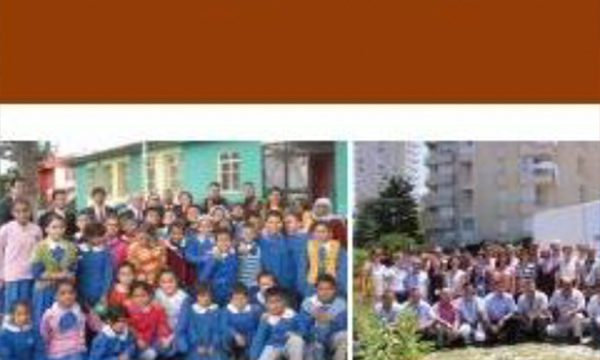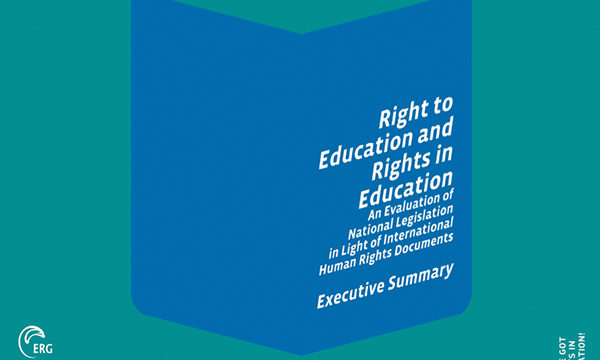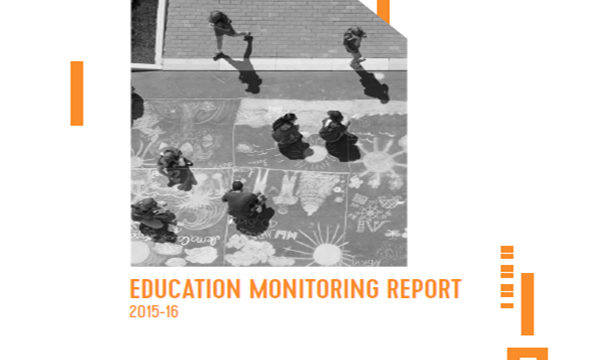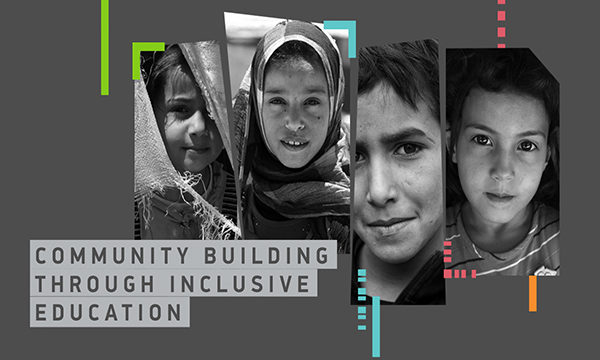Akanksha Misra, University of Washington
At the dawn of the post Millennium Development Goal (MDG)s, the direct link between achieving universal (primary) education and women’s empowerment as was predicted with the MDGs at the beginning of the 21st century, has been notably shattered and widely criticized within development circles.In Turkey as well, it is widely noted that ‘empowerment’ of women and eliminating violence against them remains a great challenge in spite of the impressive gains made in school enrolment. Yet, most feminist efforts in the country continue to focus on educational content and access—undoubtedly very important issues in themselves—but fail to really question the basis of educational campaigns, such as Haydi Kızlar Okula! [Girls Off to School!] (HKO), and other development initiatives aimed at sending the ‘girl child’ to school, which ultimately seek to ‘empower’ women. Without questioning the way the ‘girl child’ is constructed in all these national and international development discourses from UNICEF to the Milli Eğitim Bakanlığı [Ministry of National Education] (MEB) to media outlets and celebrity promotions, to name a few, we cannot see one of the most insidious mechanisms through which the neoliberalization of education in the post-1980 era in the country sustains itself. It is not just through privatization of education and reduced access to quality education for a large section of the population, but also the way neoliberal discourses tend to render a static, homogenous, and ahistorical figure of the ‘girl child’ that justify private education and development initiatives by keeping the ‘girl child’ as an always pitiable, ‘backward’ figure—void of all cultural diversity and forever trapped in the vicious circle of needing ‘development’. It is only by deconstructing the figure of this ‘girl child’ can we engage with the real historical and material circumstances that characterize her and go to the reasons behind issues such as poverty and other structural barriers that prevent a large population of children of all genders from attending school. Moreover, if ‘empowerment’ is to be understood at the level of both constraints and choice as Naila Kabeer puts it—that individual choice works within the constraints of social structures and that such constraints determine how individuals make choices that are pragmatic (to ensure survival) and transformative (to challenge larger structures)—then such work of unpacking constructs like the ‘girl child’ becomes even more crucial. Only by going beyond enrollment figures of the ‘girl child’ and unpacking her linguistic, ethnic, material, and historical diversity can the reality of her education and the power it may or may not provide to make choices be demystified. For instance, simply sending a poor girl from the Southeast Turkey to school is not going to magically transform her into a ‘modern’ woman who has the power to choose and make her own decisions. Even if such education enables her to go to university and get a job, which itself is highly unlikely, how many of her decisions about where to work, who to give her income to, who to marry, and so on will be based on her concerns and connections with her larger family and community and her new friends and lifestyle? Therefore, education may not necessarily lead to ‘empowerment’ in the way the project of modernity and consequently development initiatives assume, for people’s lives are complex intersections of various realities.


